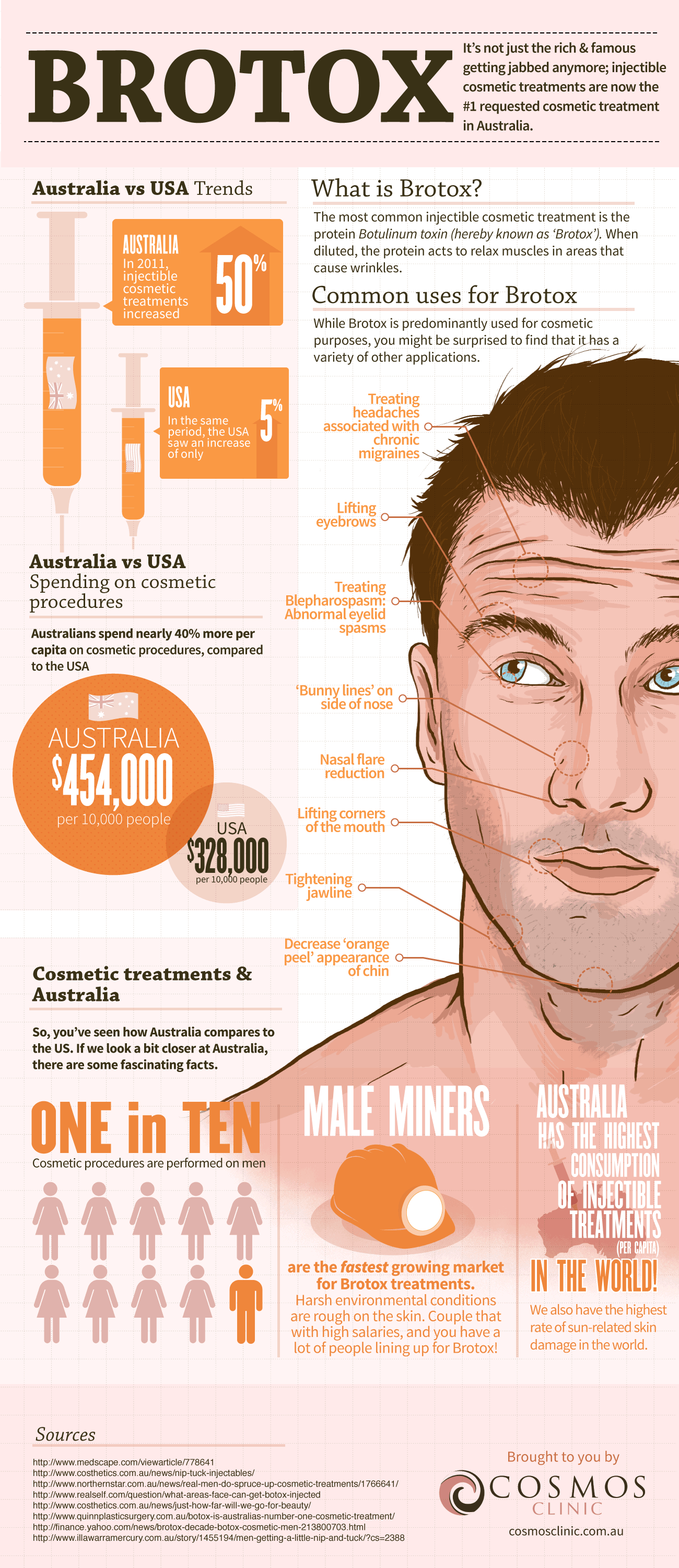AHAs are a vital ingredient for unclogging pore clogs and lightening up acne-prone skin. They function by breaking down dead skin cell buildup to advertise newer, fresher cells, and avoiding future clogs.
Developing topical AHAs demands careful attention to different key aspects that significantly affect their efficacy and tolerability. Preserving the optimum pH range, together with lorry selection and concentration, intensifies their exfoliative attributes while alleviating possible adverse reactions.
Glycolic acid
Glycolic acid is understood for its moderate yet reliable scrubing residential or commercial properties, which promote skin's all-natural dropping and loosen up the "adhesive" that holds dead cells externally of the skin. This aids unblock pores and decrease the look of great lines and creases, along with enhance general skin structure and tone.
Remarkably, topical glycolic acid has also been shown to boost the manufacturing of collagen, which is essential in keeping skin's firmness and elasticity. It is important to keep in mind, nonetheless, that since glycolic acid can stimulate the skin's level of sensitivity to sunshine, it is necessary to wear sun block when using any kind of items containing this active ingredient.
Skin specialists pay careful interest to the formulation of items containing AHAs in order to enhance their efficacy and tolerability. Creating AHAs with the appropriate automobile, along with pH and concentration factors to consider, allows for ideal skin infiltration while reducing possible adverse reactions. This is specifically crucial for clients with delicate skin, since AHAs are known to be slightly annoying.
Lactic acid
Lactic acid is located in many over-the-counter skin care products and some stronger expert peels and therapies. It has the most affordable molecular weight of all the AHAs and has the ability to pass through much deeper right into the skin, where it is a lot more reliable at unclogging pores and scrubing.
Like glycolic acid, it likewise promotes collagen synthesis, which assists decrease great lines and wrinkles and improve skin structure. Furthermore, it has moisture-retention properties, which makes it better for drier skin kinds than various other AHAs.
The considerable body of clinical information confirming the efficacy of topical AHAs supports their energy in a variety of skin-related conditions and aesthetic problems. These consist of intricate skin rejuvenation procedures, attenuation of great lines and creases, lightening of hyperpigmentation, healing intervention for actinic keratosis, and acne management [2] Enhancing the formulation of AHAs by stabilizing pH, concentration, and car selection additionally enhances their healing potential. These cautious factors to consider allow skin doctors to provide risk-free and effective therapies that give superior medical outcomes.
Mandelic acid
Mandelic acid, stemmed from almonds, is another participant of the AHA household and is a prominent active ingredient in products that aid treat acne. Its larger molecular dimension suggests it penetrates the skin a lot more slowly and carefully, which can lower the potential for irritation. It's likewise much less likely to activate inflammation and other skin sensitivity issues, making it suitable for sensitive skin types.
Mandelic Acid is thought to help in reducing inflammation and boost hydration. It functions by loosening up the bonds in between dead skin cells, allowing them to drop and expose fresher-looking skin. It also helps in reducing the look of bigger pores.
Developing topical products with AHAs requires a specific equilibrium of vital variables that significantly influence their effectiveness and tolerability. Specifically, the pH of an AHA formula has actually been shown to play a critical function in its capacity to promote peeling and enhance skin tone and appearance. Achieving this ideal focus is a tough goal and needs thorough attention to the various aspects that influence the solution process.
Citric acid
Citric acid, discovered in citrus fruits such as oranges and lemons, is a moderate AHA. It's much less bothersome than glycolic or lactic acid, making it preferable for delicate skin. It additionally has astringent residential or commercial properties, assisting to dry out excess oil.
Like other AHAs, citric acid can be utilized in chemical peels and everyday active/maintenance treatments to exfoliate the skin and promote cell turnover. It can help in reducing the look of dark places and hyperpigmentation, in addition to fine facial lines.
It can also increase the synthesis of glycosaminoglycans, which play an important duty in enhancing the skin barrier function. This aids to dysport prevent trans-epidermal water loss, and maintain optimal hydration degrees in the skin [35]
AHAs can be integrated with soothing active ingredients such as ceramides or hyaluronic acid to enhance their tolerability. They can be incorporated right into everyday active/maintenance skin care with cream or lotion formulations. This permits specialists to customize their AHA treatments based upon client demands and preferences, with the adaptability of choosing from various therapy intensities or focus.
